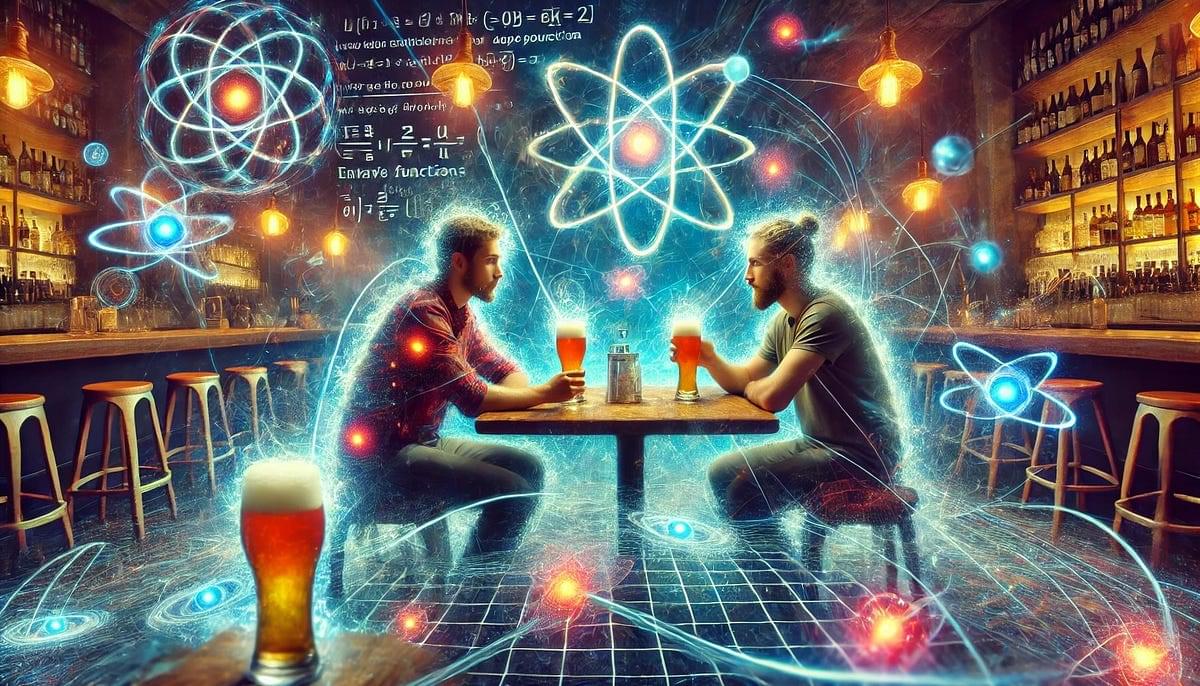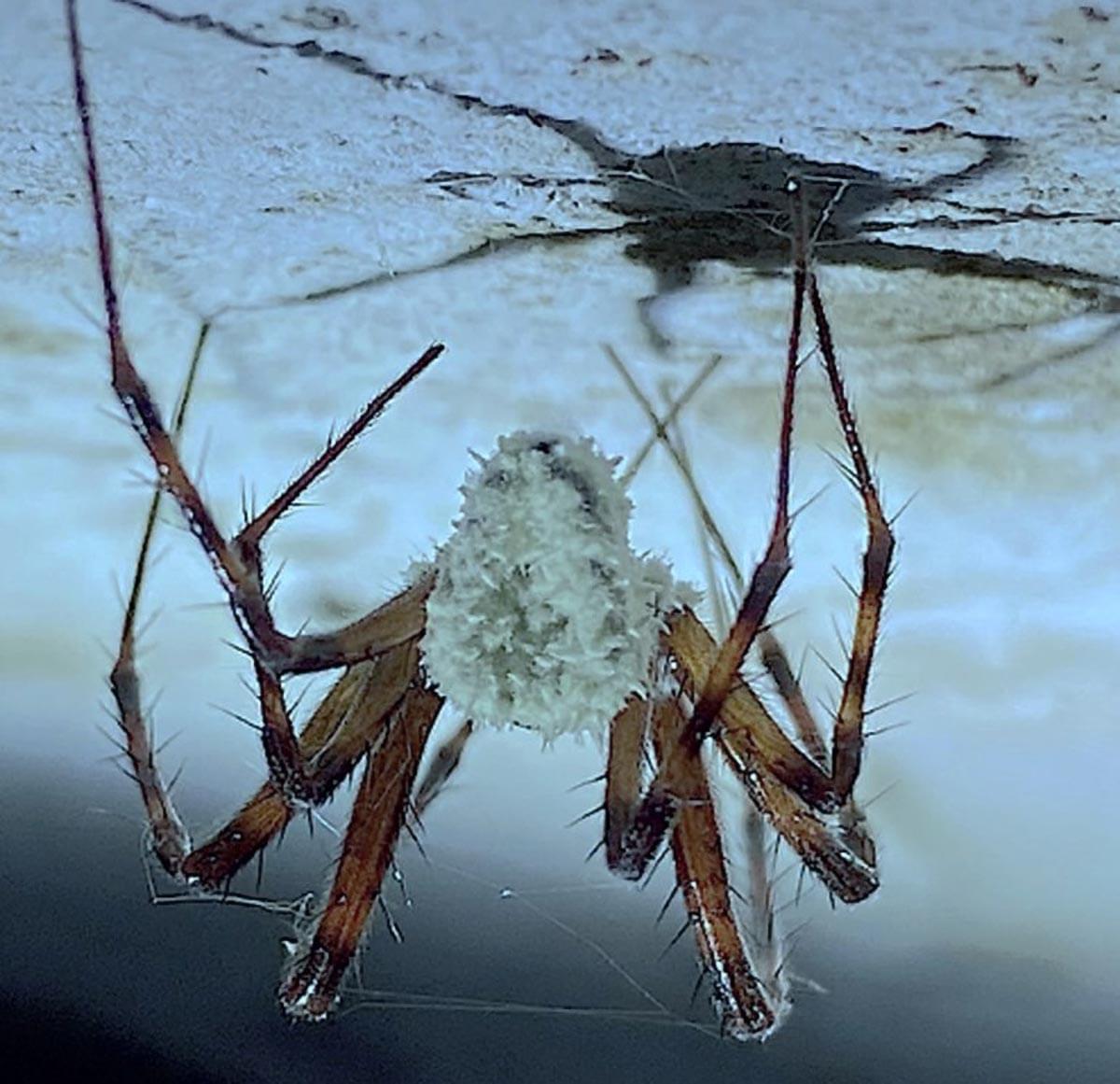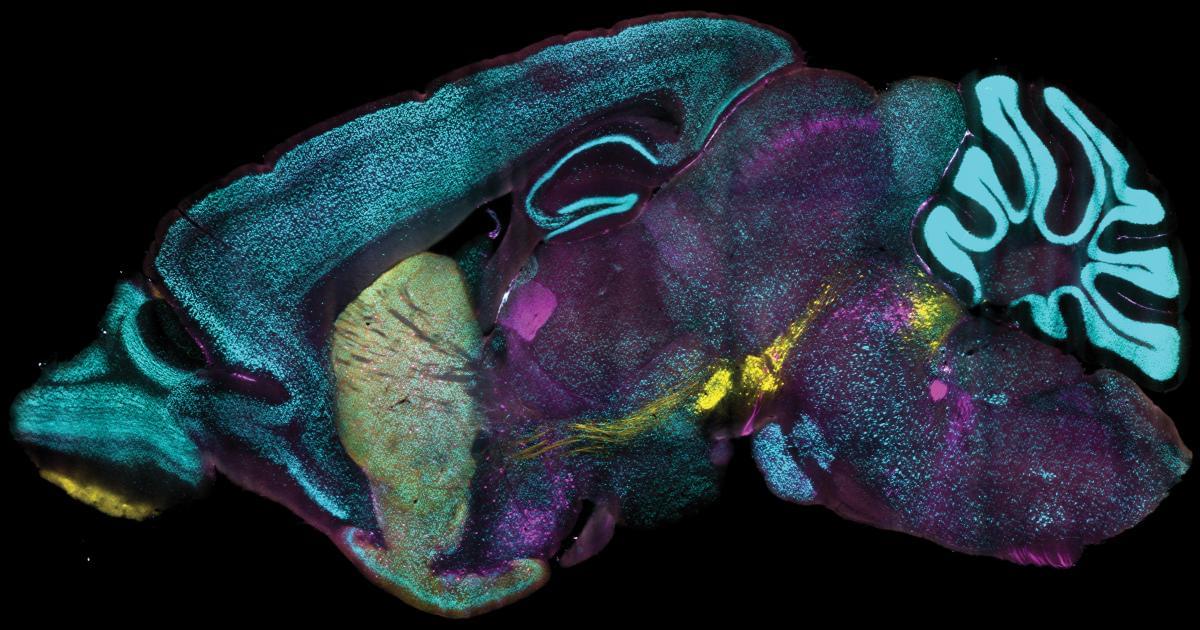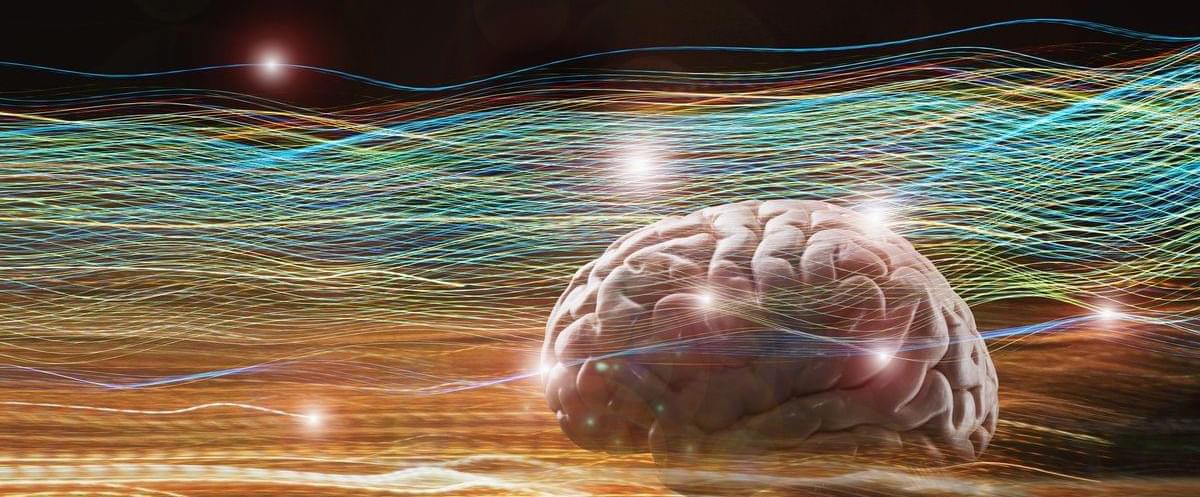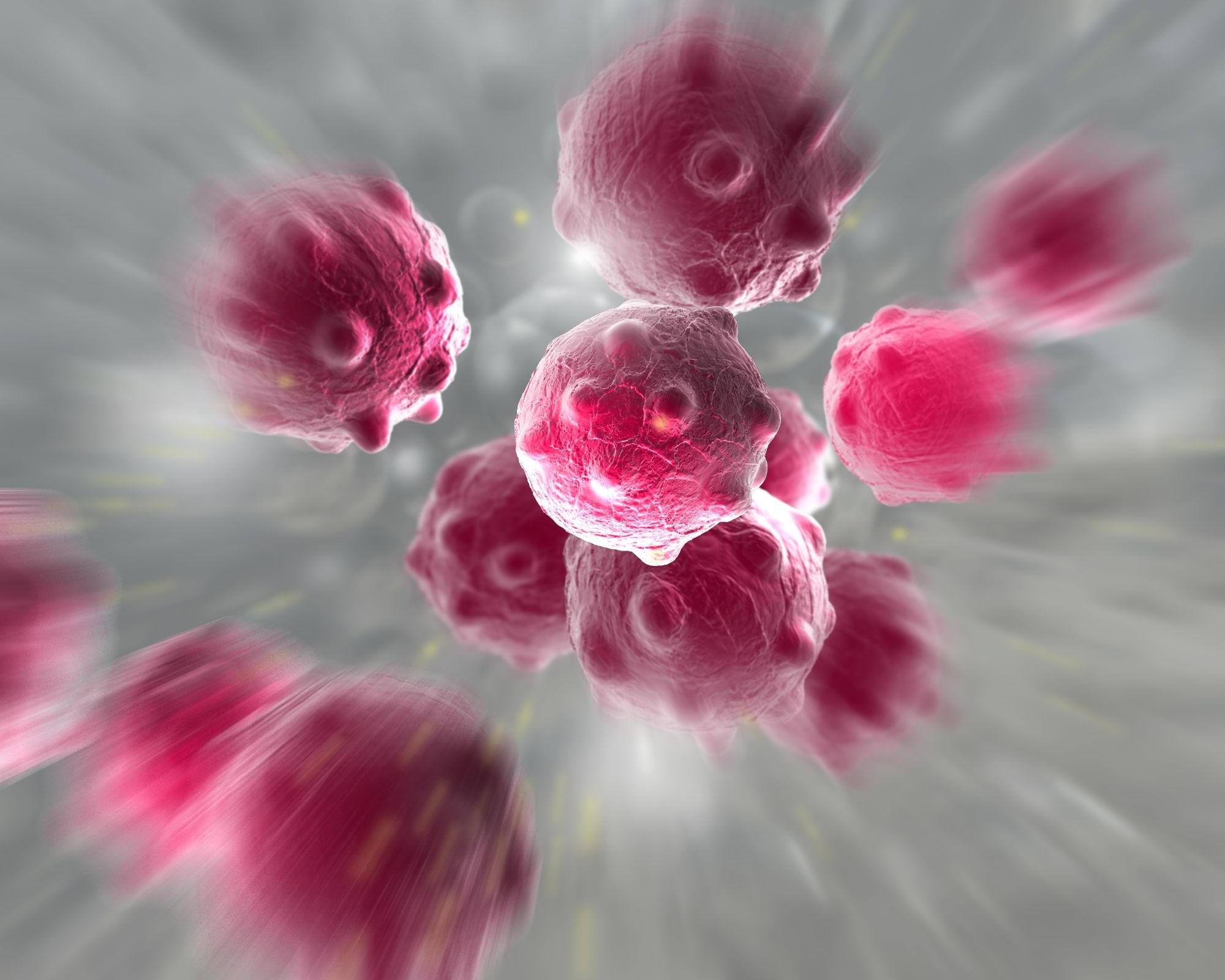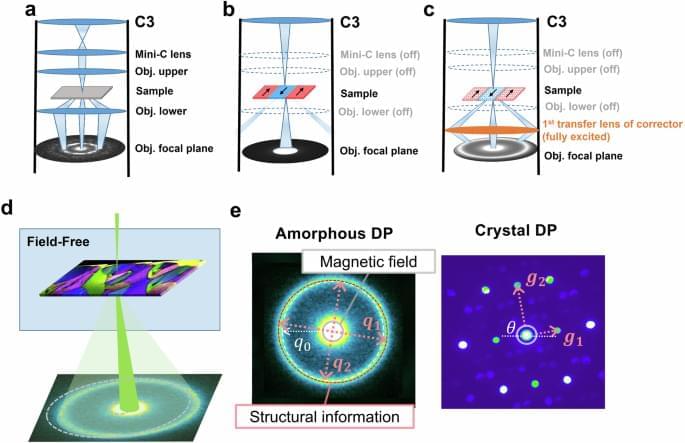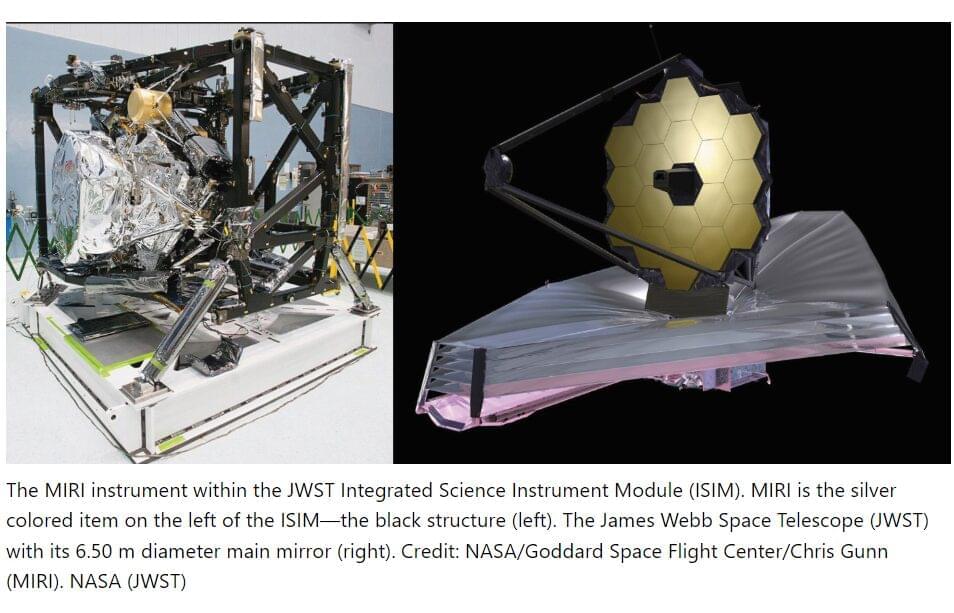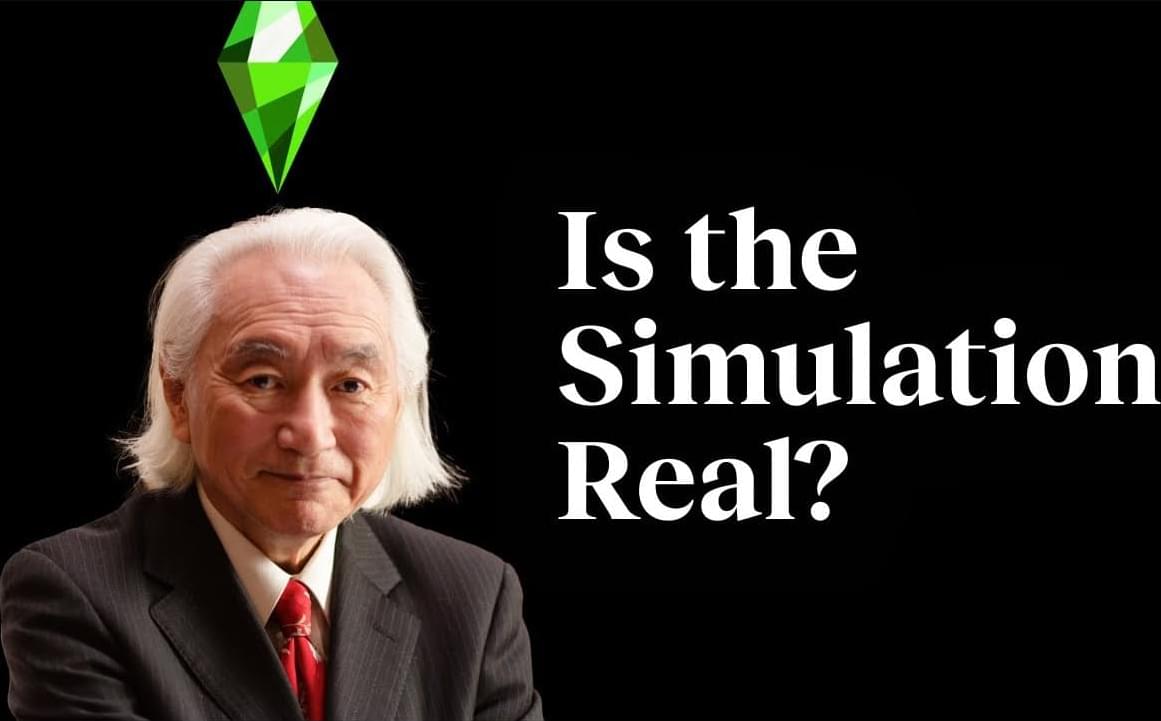Prompt to ChatGPT.
Scientists identified a new fungus, Gibellula attenboroughii, infecting cave spiders in Ireland. The fungus manipulates spider behavior, resembling “zombie-ant fungi.”
Dr. Harry Evans, Emeritus Fellow at CAB International, led a team of scientists—including experts from the Natural History Museum of Denmark and the Royal Botanic Gardens, Kew—in a study to identify a fungus discovered on a spider during the filming of the BBC Winterwatch series in Northern Ireland.
Through morphological and molecular analysis, the researchers confirmed the fungus as a previously unknown species.
Tissue processing advance can label proteins at the level of individual cells across whole, intact rodent brains and other large samples just as fast and uniformly as in dissociated single cells.
Scientists at UC San Francisco have pioneered a groundbreaking approach to fighting cancer using engineered fat cells.
By transforming ordinary fat into high-energy beige fat using CRISPR, they created a cell type that voraciously consumes nutrients — outcompeting and starving tumors.
Revolutionizing cancer treatment: engineered fat cells starve tumors.
Large-angle Lorentz Four-dimensional scanning transmission electron microscopy for simultaneous local magnetization, strain and structure mapping
Posted in mapping, nanotechnology | Leave a Comment on Large-angle Lorentz Four-dimensional scanning transmission electron microscopy for simultaneous local magnetization, strain and structure mapping
The authors present an approach to simultaneously map local magnetization, strain, atomic structure at nanoscale. It provides direct visualization of strainmagnetic coupling in ferromagnetic materials, opening avenues for studying nanomagnetism.
Quantum field theory suggests that the very structure of the universe could change, altering cosmos as we know it. A new quantum machine might help probe this elusive phenomenon, while also helping improve quantum computers.
Nearly 50 years ago, quantum field theory researchers proposed that the universe exists in a “false vacuum”. This would mean that the stable appearance of the cosmos and its physical laws might be on the verge of collapse. The universe, according to this theory, could be transitioning to a “true vacuum” state.
The theory comes from predictions about the behaviour of the Higgs field associated with the Higgs boson, which Cosmos first looked at nearly a decade ago – the article is worth reading.
Using the MIRI instrument onboard the James Webb Space Telescope, an international team of scientists made the first-ever detection of a mid-IR flare from Sagittarius A*, the supermassive blackhole at the heart of the Milky Way. In simultaneous radio observations, the team found a radio counterpart of the flare lagging behind in time. The paper is published on the arXiv preprint server.
Scientists have been actively observing Sagittarius A* (Sgr A)—a supermassive black hole roughly 4 million times the mass of the sun— since the early 1990s. Sgr A regularly exhibits flares that can be observed in multiple wavelengths, allowing scientists to see different views of the same flare and better understand how it emits light and how the emission is generated. Despite a long history of successful observations, and even imaging of the cosmic beast by the Event Horizon Telescope in 2022, one crucial piece of the puzzle— mid-infrared observations (Mid-IR)—was missing until now.
Infrared (IR) light is a type of electromagnetic radiation that has longer wavelengths than visible light, but shorter wavelengths than radio light. Mid-IR sits in the middle of the infrared spectrum, and allows astronomers to observe objects, like flares, that are often difficult to observe in other wavelengths due to impenetrable dust. Until the recent study, no team had yet successfully detected Sgr A*’s variability in the mid-IR, leaving a gap in scientists’ understanding of what causes flares, and questions about whether theoretical models are complete.
Sorry, you’re not Neo and this isn’t “The Matrix.” Michio Kaku gets real about simulation theory.
Up next, Is reality real? These neuroscientists don’t think so ► https://youtu.be/RZdfE_7cde0?si=2-isNPeC1lVvgbiu.
Are we all just living in an elaborate simulation?
After movies like “The Matrix” (1999) posited the existence of a superficial world layered over our own, human imagination has run abound with theories about the nature of our reality. To a small but passionate minority, the red pill that can awaken us to this illusion is right at our fingertips.
World-renowned physicist Michio Kaku isn’t quite ready to take that pill. In fact, he’s skeptical that the pills even exist. He explains why.
Go Deeper with Big Think:
What does it take for a kind, compassionate, and ethical person to commit acts of cruelty? Why do ordinary individuals sometimes cross the line into darkness?
In this video, we explore the psychological forces behind human behavior, delving into Philip Zimbardo’s groundbreaking Stanford Prison Experiment, Stanley Milgram’s obedience studies, and historical events that reveal the thin line between good and evil. From the power of authority and dehumanization to the roles society imposes, discover the mechanisms that can corrupt even the most virtuous among us.
But this isn’t just about others—it’s about you. Could you resist these forces? Are you aware of how they operate in your daily life?
By the end, you’ll learn practical strategies to recognize and resist these influences, uncovering your potential for moral courage, empathy, and heroism. This video will challenge your perspective on human nature and inspire you to act with integrity in a world where the battle between good and evil is ever-present.
Watch now to uncover the most transformative insight of all—the power of choice in shaping a better world.
